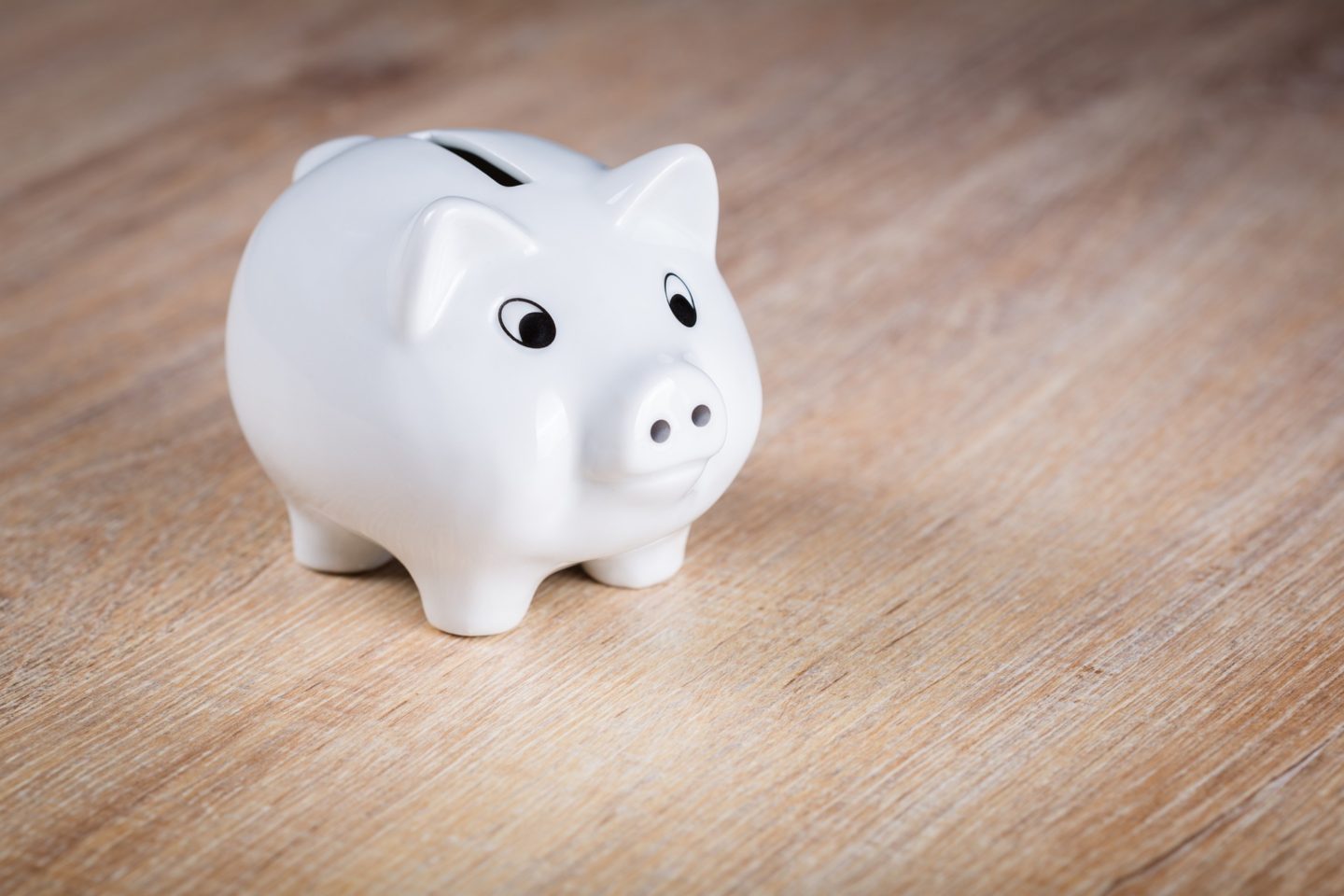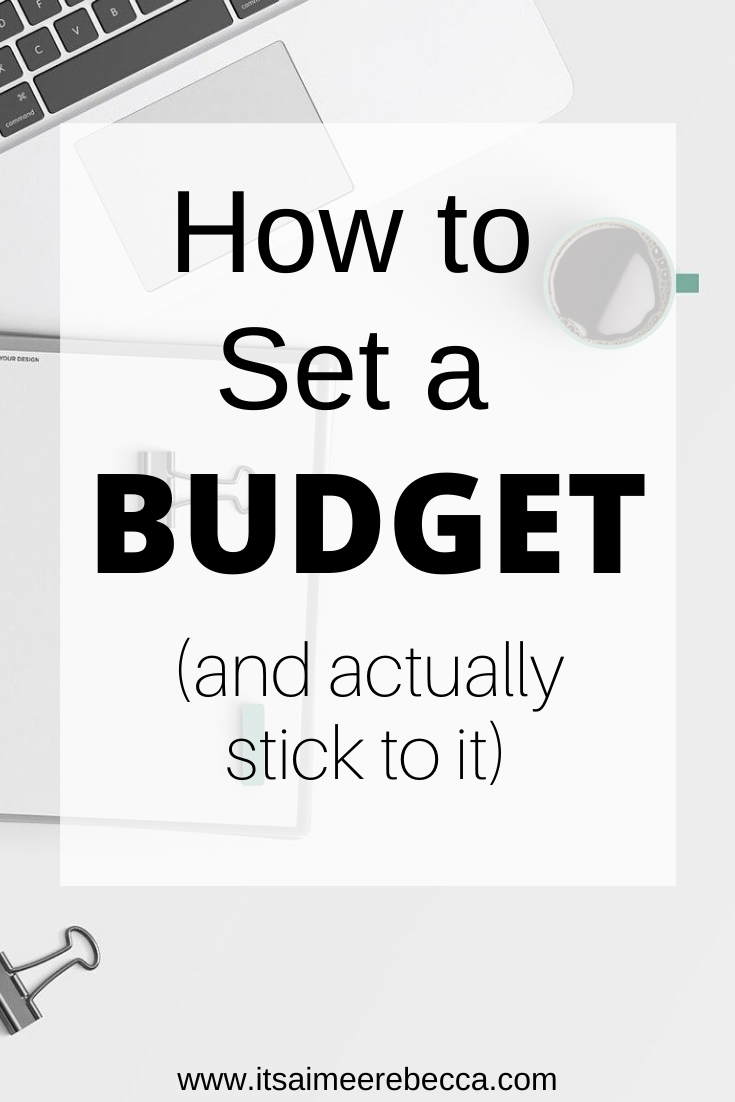
Taking control of your finances and conquering your bad spending habits might seem overwhelming, but managing your money doesn’t need to be complicated. Trust me, I used to practically throw my money at anything and everything that caught my eye and I was the definition of living paycheque to paycheque. Now, I have complete control of my finances. So can you! All you have to do is take some small steps to change your mindset and your habits. And the first of those steps is learning how to set a budget…and actually stick to it.
Creating a monthly budget just requires a little bit of time, planning and, of course, commitment. But today I’m sharing the exact steps I used to teach myself how to spend less, save more and how to set a monthly budget for myself that actually worked. I’m also sharing a printable version of my monthly budgeting worksheet for free to help you stay on track.
So let me walk you through the steps to creating a fool-proof monthly budget.
1. Find out where your money is going
If you’re new to budgeting then you probably don’t have an accurate idea of where your money is disappearing to each month. A cup of coffee here and a takeaway pizza there aren’t exactly bank-busting purchases, but those small spends can add up very quickly.
Before you even begin to plan out a budget, spend at least a week tracking your regular expenses. You can do this using a notebook that you carry around with you or a budgeting app like Spending Tracker. Just make sure you make a note of every last penny. Yes, even that chocolate muffin you couldn’t say no to!
At the end of the tracking period, take a look at what you’ve spent and prepare to be flabbergasted. From here, you can decide where you need to cut down.
2. Work out your regular necessary expenses
Unfortunately, there are some things you just have to pay for. Think rent, utility bills, insurance payments and all those other boring things. Make a list of all your regular monthly expenses and work out the total. Then you can deduct the total from you monthly income to find out what’s left over for all your other spending.
3. Decide how much you want to save
Once you know how much money you have to work with each month after all your bills are paid, you can start making some decisions. The first, major decision you need to make here is how much to put away in savings each month. This should be ambitious, but not ridiculous. You want to set a goal you can actually stick to after all.
And here’s my top tip on savings. Transfer your savings into a separate savings account right after payday so there’s no chance of you accidentally spending it on five new pairs of shoes. Treat your savings like another necessary monthly expense, just like your utility bills and car payments. Essentially, paying money into your savings account is like transferring money over to your future self so don’t rip yourself off by dipping into that money.
Once you’ve decided how much you want to set aside for your savings account, ask yourself if there’s anything else you’d like to take out of your money pot each month. For instance, I have a separate savings account for travelling. I set aside a certain amount of money each month so that whenever I decide to book a holiday, the money is already there for me. If there’s anything specific you want to put money towards each month, make a note of it now…and then actually put the money aside each month!
4. Say hello to your monthly budget
Whatever’s leftover after you take out your savings is your budget for the month. This is what you have to spend on:
- groceries
- household items
- clothes
- makeup
- books
- meals out
- Bath & Bodyworks candles etc
Sometimes you’ll come up against expected surprises like a flat tire, emergency dental treatment or any of the other fun, money-draining bombshells that life likes to hit us with. Try to cover the cost of these expenses using your monthly budget as far as possible, but know you can always dip into your savings if you need to.
5. Track your spending…again
When you’re first getting into the swing of budgeting, tracking your spending is essential! Again, you can use a notebook or a spending app. Just make sure you keep track of all your purchases. Ignorance is definitely not bliss when if comes to your finances!
6. Calculate your monthly spending
At the end of the month, work out how much you’ve spent and on what. You can use my handy dandy free budget planner printable to help you with this. It will divide up your spending into necessary expenses, luxury expenses and unexpected expenses. Take a look at where most of your money is going and work on spending less on that area next month.
If you have any money left over at the end of the month, resist the urge to run out and spend it all. Remember, the goal of budgeting isn’t to spend every penny you set aside for the month. Instead, transfer any leftover money into your savings. I know, it’s not as fun as a new handbag, but you’ll thank yourself later once you see your savings account starting to grow.
Budgeting can seem overwhelming, confusing and downright terrifying at first. But taking control of your finances really isn’t that difficult. Understanding how to set a budget is half the battle and you know how to do that now. So, with a little bit of planning and a dollop of self-restraint, you’ll notice your money start to pile up in no time.
I have faith in you!
Remember, you can download my free printable monthly budget planner to help you make sense of your monthly spending. I’ve created a pre-filled version and a blank version so you can use whichever works best for you.
And, if you want to see some extreme money saving in action, take a look at the no buy challenge I’ve set myself for 2020.


Awesome post! Keep up the great work! 🙂